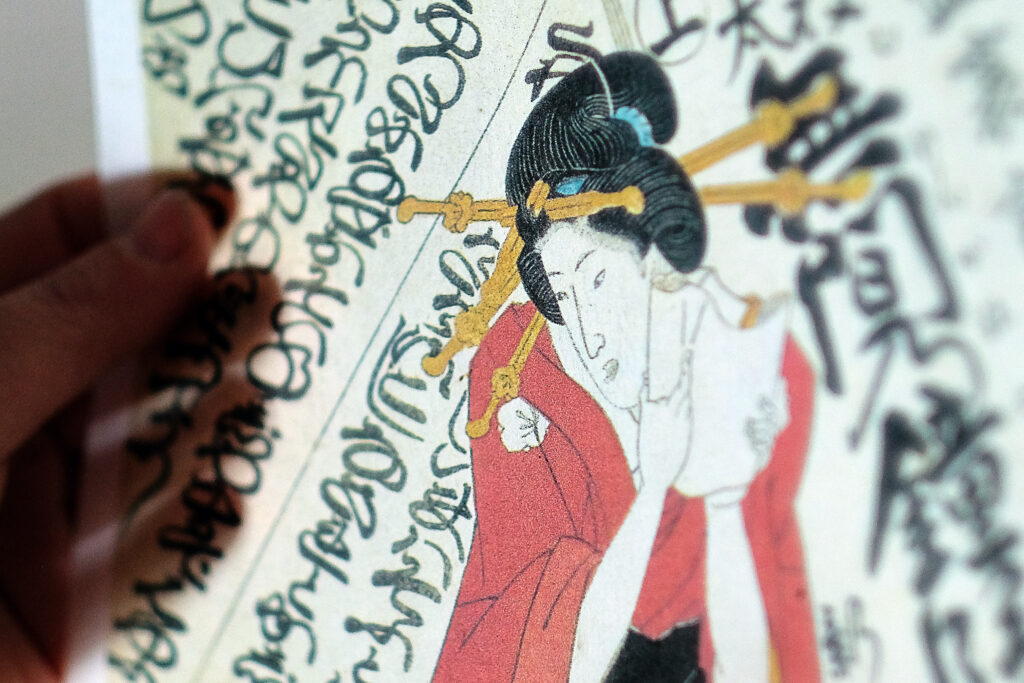
- ARAB NEWS
- 12 Jul 2025

TOKYO: Washi or gampi paper is the most luxurious fiber used in making the finest traditional decorative handmade paper in Japan. In Echizen, Fukui prefecture, the birthplace of traditional Washi, popular Manga artists have started a project to preserve their work for generations to come.
Widely known Manga artists such as, Tetsuya Chiba, author of “Ashita no Joe,” Mari Yamazaki, known for the series “Thermae Romae,” Yoshikazu Yasuhiko, of “Yamato Takeru” and “Namuji” fame, and Motoka Murakami, illustrator of the “Jin” series, all participated in the first phase of the project by drawing ink paintings.
According to Kyodo News, the drawings are being displayed in the “Manga Shoso-in Exhibition” at the Museum of Washi and Culture in Echizen from April 29 to June 26.
There are documents written on Washi that dates to 1,300 years in Nara prefecture’s Todai-ji Temple inside The Shoso-in treasure house. This shows that since ancient times, Washi or gampi have had a very strong texture and resistance to insects and damage that keeps records safe.
The driving force of the project came out of fear held by Naho Murata, an Echizen Washi artisan, worried that the future of gampi is endangered. Even though Washi is the highest grade of paper, the current uses are limited to printmaking and calligraphy.
Frightened that paper-making skills would eventually die out if the demand for it continued to fall, Murata consulted Tanaka, an acquaintance of Chiba’s, leading to the establishment of the association for the cultural preservation of manga and washi.
The project is expanding to a network of 20 to 30 popular manga artists. A collection box will be placed at the exhibition in Echizen to collect donations for refugees from war and disaster through the office of the United Nations High Commissioner for Refugees.
The proposal was an avid wish of Chiba’s, stemming from his experience of near starvation after his family’s escape to Japan from Manchuria, now northeastern China, following the end of World War II.
The drawings are being displayed in the “Manga Shoso-in Exhibition” at the Museum of Washi and Culture in Echizen from April 29 to June 26.